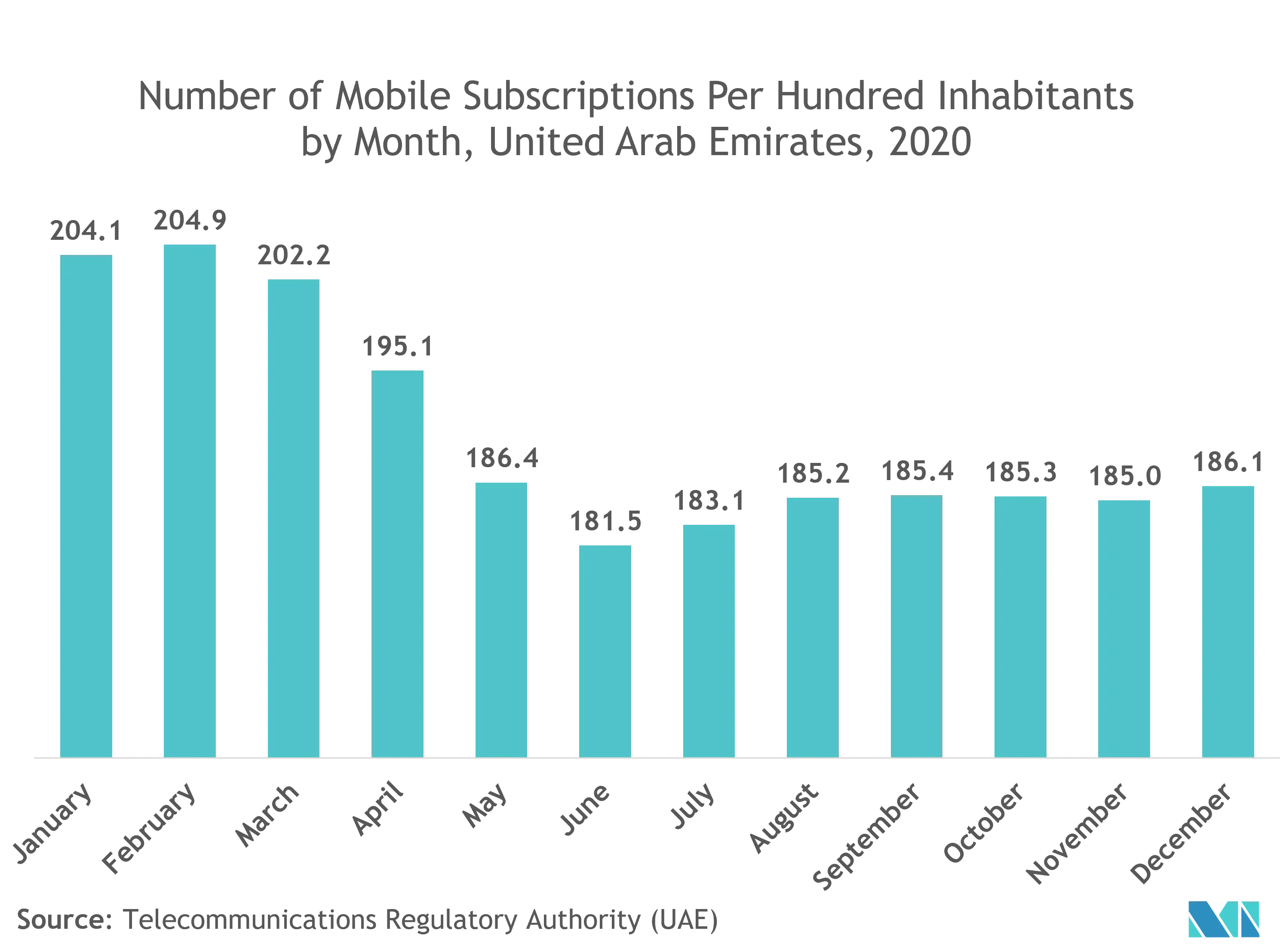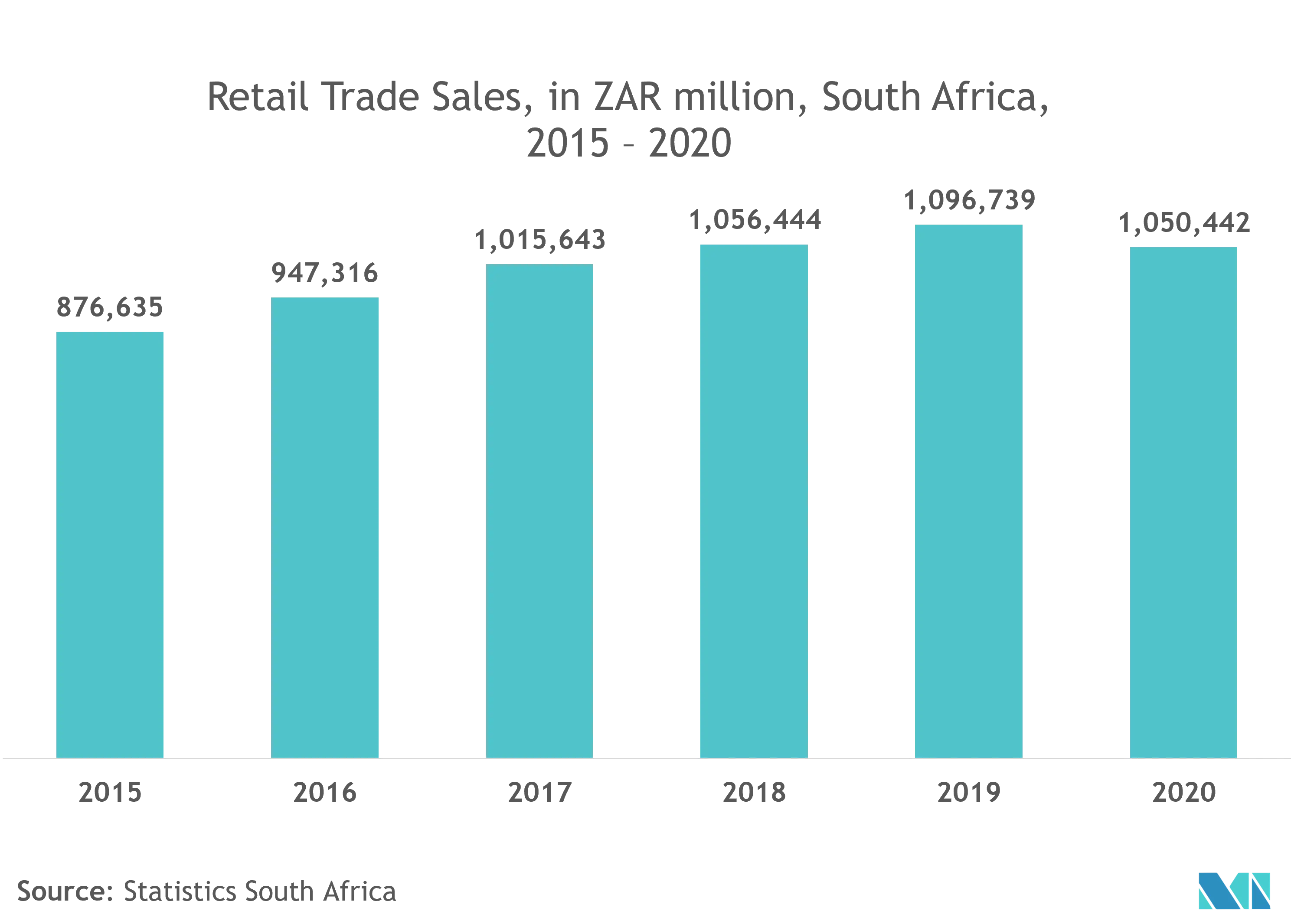Market Trends of Middle East and Africa Wireless Sensors Industry
This section covers the major market trends shaping the MEA Sensors Market according to our research experts:
Position and proximity sensor is Expected to Hold Significant Market Share
- Position sensors can detect an object's movement or calculate its relative position relative to a known reference point. Sensors of this type can also be used to detect the presence or absence of an object. Many sensor types perform similar functions to position sensors that are worth mentioning. Motion sensors detect an object's movement and can be utilized to initiate an action. Proximity sensors can also identify when an object enters the sensor's range. As a result, both sensors could be classified as specialized position sensors.
- Position sensors are made/assembled with various components from several vendors, including position magnets, sensing rods, electronics housing fixtures, diagnostic light-emitting diodes (LEDs), and connectors. Profitability is primarily determined by the availability and cost of raw materials and components, as well as the length of time it takes to bring the finished product to market. The main challenge for enterprises in this area is expanding their manufacturing capabilities, producing higher-quality products, and lowering overall production costs.
- Wireless device Proximity sensors are switches or sensing devices that can detect a nearby, specific object without touching it physically. All of them, in most cases, necessitate proximity to the thing being detected (approximately 12 inches or less). Proximity sensors are low-maintenance and robust to a variety of pollutants and environmental conditions. Certain proximity switches can be made to work in severe environments, such as those involving corrosive or dangerous chemicals, as well as intense heat and cold.
- Proximity sensors detect the distance between a target (the object being measured) and the sensor without physical contact. Inductive proximity sensors, magnetic proximity sensors, capacitive proximity sensors, photoelectric proximity sensors, and ultrasonic proximity sensors are just a few examples. They're used in various applications, including autonomous vehicles, smartphones, planes, smart factories, etc.
- Further, using a wireless sensor network in military applications like tracking enemy movements and force protection is standard. Due to the unattended nature, low memory, and limited network power, security is a big problem and complicated to achieve. Position sensors can monitor moving surfaces like a Boeing 777's flap skew, a fighter jet's exhaust nozzle, and an aircraft's hydraulic reservoir.

South Africa is Expected to Account For Significant Market Share
- The manufacturing industry in South Africa is growing significantly. It remains one of the key contributors to GDP growth and direct employment. This has also increased the adoption rate of automation in the South African manufacturing industry, hence driving the market for wireless sensors in the region over the forecast period.
- The growth of the wireless sensors market is driven by the application in the various end-user industries. Manufacturers invest in R&D activities to improve the accuracy and reliability of wireless sensors. Wireless sensors are used for data monitoring and other similar functions and in building automation, military and defense, and other industries, like food and beverage and material handling.
- Food and beverage manufacturers increasingly depend upon automated controls to achieve higher consistency and quality. This, in turn, has fueled the demand for wireless sensors. The need to maintain plants' ideal temperature and humidity levels to manufacture various food items, such as bread, has led to the broader use of wireless sensors in South Africa.
- Moreover, the retail industry's rising demand for wireless sensors is fueling the growth of the market studied. Retail users use a wireless sensor network to ensure hygienic production, storage, and distribution of their products. A recent application in a bakery used a wireless network to monitor gas consumption in ovens.
- Further, the country's Internet of Things (IoT) solutions market is significantly growing, driven by solid growth in southern and northern African regions. Both consumer and business IoT solutions offer promising opportunities in the area, which will give the African wireless sensors market competitive advantage.


